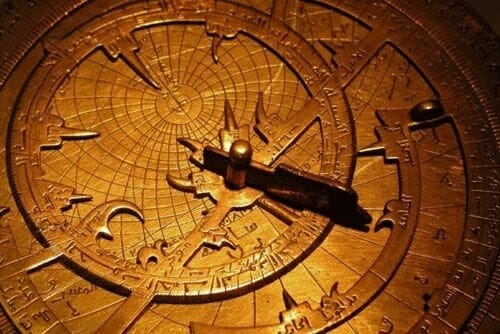Like other countries, there are holidays in Iran that should be noted, and because in these days all government agencies and some other centers are closed so it can delay your travel or contact with Iranians.
Currently, the total number of official holidays in Iran are 27 days, of these, 10 days are national and 17 days are religious holidays. Every occasion, given its importance, has its own number of holidays, some of them are celebrations, some are mourning and some are none. In many of them people attend ceremonies or rituals that can be attractive to you. For more information on some of them, see the “Cultural” category. National holidays have fixed dates (solar) but religious holidays have variable dates (lunar) and you can see them in the tables below. The second table shows the religious holidays of 2019 and 2020.
National Holidays
| Description | AD Date | Solar Date | Occasion |
|---|---|---|---|
| Nowruz | March 21 | Farvardin 1 | The beginning of the Solar New Year |
| Nowruz | March 22 | Farvardin 2 | Iran’s ancient Eid |
| Nowruz | March 23 | Farvardin 3 | Iran’s ancient Eid |
| Nowruz | March 24 | Farvardin 4 | Iran’s ancient Eid |
| Sizdah Be-dar | April 2 | Farvardin 13 | Respect for Nature |
| Islamic Republic Day | April 1 | Farvardin 12 | Referendum of Islamic Republic System |
| The death of Imam Khomeini | June 4 | Khordad 14 | Death of the founder of the Islamic Republic |
| The 15 Khordad uprising | June 5 | Khordad 15 | Oppression of revolutionaries by Pahlavi dictatorship. |
| Victory of the Revolution 1979 | February 11 | Bahman 22 | Victory of the people’s revolution against the Pahlavi dictatorship |
| The nationalization of the Iranian oil industry | March 19 | Esfand 29 | The nationalization of the Iranian oil industry by Ayatollah Kashani |
Religious Holidays
| AD Date in 2020 | AD Date in 2019 | Lunar Date | Occasion |
|---|---|---|---|
| August 29 | September 9 | Muharram 9 | Tasoa |
| August 31 | September 10 | Muharram 10 | Ashura |
| October 9 | October 19 | Safar 20 | Arbaine |
| October 19 | October 27 | Safar 28 | Testimony of the Prophet of Islam (PBUH) and Imam Hassan (PBUH) |
| October 29 | October 29 | End of Safar | Testimony of Imam Reza (PBUH) |
| October 25 | November 9 | Rabi’a Alavol 8 | Testimony of Imam Hassan Askari (PBUH) and Beginning of Imamate of Imam Mahdi (PBUH) |
| November 4 | November 15 | Rabi’a Alavol 17 | Birth of Prophet of Islam (PBUH) and Imam Sadiq (PBUH) |
| November 14 | February 9 | Jamadi al-Thani 3 | Testimony of Fatima al-Zahra (PBUH) |
| November 24 | March 20 | Rajab 13 | Birthday of Imam Ali (PBUH) |
| December 4 | April 3 | Rajab 27 | Mab’ath (Prophet’s (PBUH) first revelation) |
| December 14 | April 21 | Shaaban 15 | Birthday of Imam Mahdi (PBUH) |
| December 24 | May 27 | Ramadan 21 | Testimony of Imam Ali (PBUH) |
| January 3 | June 5 | Shawwal 1 | Eid al-Fitr |
| January 13 | June 6 | Shawwal 2 | Eid al-Fitr |
| January 23 | June 29 | Shawwal 25 | Testimony of Imam Sadiq (PBUH) |
| February 2 | August 12 | Dhu al-Hijjah 10 | Eid al-Adha |
| February 12 | August 20 | Dhu al-Hijjah 18 | Eid Ghadir |
Highlights of Calendars in Iran
• Iran Weekend Holidays are Thursdays and Fridays which are holiday and half-holiday respectively.
• The official calendar of Iran is Hijri Shamsi (Solar) based on the motions of the sun and like the Gregorian calendar has 365 days and a leap year.
• Iranians also use Hijri lunar calendar for their religious occasions, which is based on the movements of the moon and the calendar of Arab countries and its year is 10 days shorter than the solar calendar (355 days).
• Since the Lunar calendar is based on observations of the movement of the moon, sometimes during the year the moon’s length varies between 29 or 30 days, due to later or earlier seeing the crescent at the beginning of a month, and in this case the dates on the calendars will be wrong. Please note to this point in the events listed in the lunar events table.
This post is also available in:  中文 (Chinese)
中文 (Chinese)








